I was very young when my parents moved to Alaska. My earliest memories are of swinging in a hammock between spruce trees while grown-ups roasted black bear meat on a campfire; fishing for trout with my parents on Wolverine lake; playing outside our house when I was about six, cutting out blocks of snow to build an igloo because I wanted to be Julie from [1972 children’s novel] Julie of the Wolves.
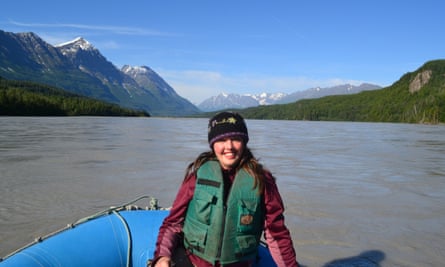
The other morning, at our home near Palmer, north-east of Anchorage, I got up as usual at 6am to pack school lunches for our daughters. It was still dark and cold when my husband, who’d gone to start the truck, called us to come outside. The sky was glowing with the aurora borealis. A curtain of green rippled overhead, the shards shot through with a faint purplish red. Then a giant swirl of eerie light rose from a far ridge. The four of us stood shivering and gasping. We grew up watching the northern lights, yet these were some of the most spectacular we’d seen. By the time they got in the truck and left for town and I had my first cup of coffee, the northern lights were gone, the sky was dark and the house was entirely quiet.

Alaska has one person per square mile – if London had the same density, 600 people would live there. Seven UKs would fit into Alaska, yet we have just over 700,000 people. Our largest city is Anchorage, and in 1914 it was just a city of tents near Ship Creek.
About 20 years ago, my husband and I hiked several miles to a favourite creek to fly-fish for trout. We were fighting our way through alder and willow, carrying our fishing rods. When we emerged at the edge of the creek, less than 100 metres away on the other side was a sow grizzly bear. On her hind feet, she was well over two metres tall. Behind her, all three of her nearly full-grown cubs also stood up. Then the mother dropped to all fours and charged through the water at us. Growing up, I was taught to never, never run from a charging bear, but I did just that. When I looked back, I saw my husband trying to untangle his fishing rod from a branch with one hand, and taking his .44 Magnum pistol out of his holster with the other. He shot a bullet into the water in front of the bear. It worked – she flipped around in the water and all four bears bolted into the brush on the far side of the creek. We didn’t see them again, but I didn’t sleep well that night in the tent.
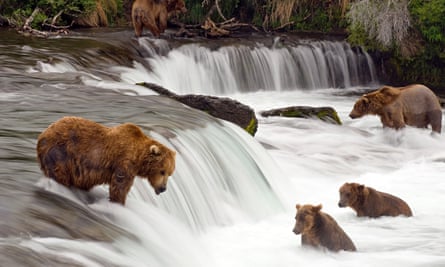
My latest novel was inspired by an 1885 expedition up the Copper river here in south-central Alaska. I wanted to experience the place first-hand, so in 2011, my husband and I did 80 miles of the river on an inflatable raft. We floated past calving glaciers, watched seals and grizzlies, endured a sandstorm, and camped each night. I took literally a thousand photographs and filled a waterproof notebook. My lips were sunburned so badly I had to hold a chunk of glacier ice to them.
I love the people here. So many are independent, giving, and adventurous. They build their own houses and harvest their own food. You shouldn’t make assumptions. The elderly man living in a small cabin at the end of the road might well be a retired experimental physicist; the woman making your espresso could be a renowned cellist – and a snowboarder. You find poets and artists, builders and thrillseekers. When someone suggests taking a canoe down your snowy driveway instead of sleds, Alaskans will pile in and grab a paddle.

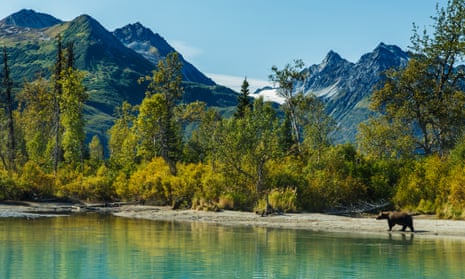
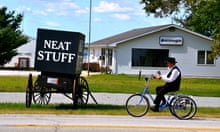

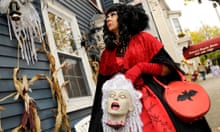


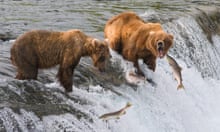
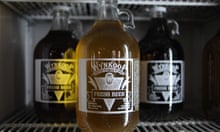
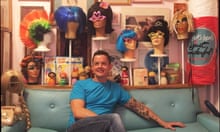
Comments (…)
Sign in or create your Guardian account to join the discussion